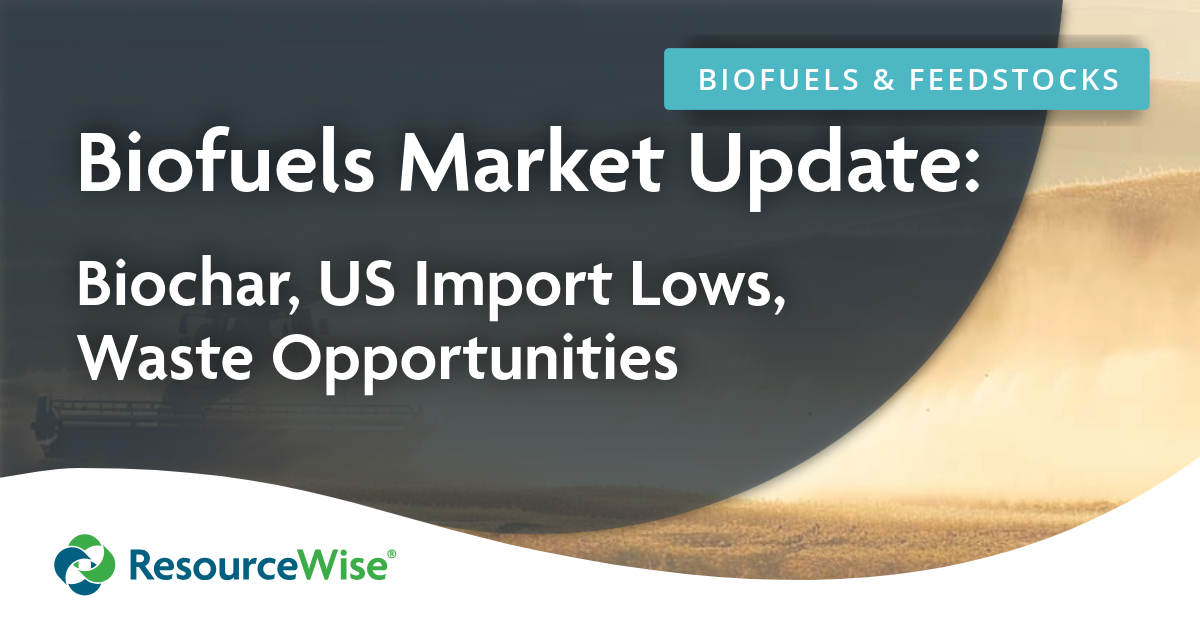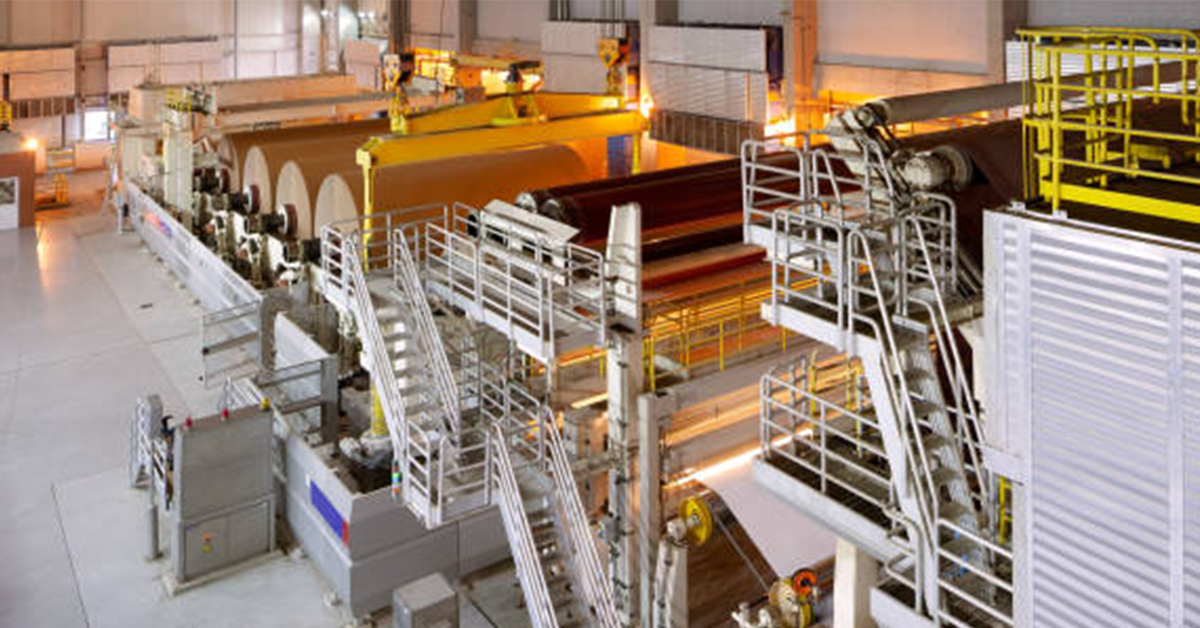4 min read
South Korea Charts Its SAF Future with Promising New Mandate Roadmap
ResourceWise
:
Oct 2, 2025 9:49:21 AM

South Korea has taken a major step toward decarbonizing aviation with a newly announced roadmap for Sustainable Aviation Fuel (SAF). The plan sets blending requirements for airlines and refiners beginning in 2027 while adding financial incentives to help build a domestic SAF supply base.
The SAF Blending Timeline
The roadmap introduces a 1% SAF blending mandate in 2027, rising to 3–5% by 2030 and 7–10% by 2035. Final targets for 2030 and 2035 will be confirmed closer to implementation (in 2026 and 2029, respectively).
Crucially, blending ratios will be tied to the volume of SAF available in South Korea compared to international jet fuel demand at Korean airports. This allows adoption scaling to realistically reflect current SAF supply conditions.
- 2027: SAF blending requirement of 1%
- 2030: 3–5% blending requirement, with final number determined in 2026
- 2035: 7–10% blending requirement, with final number determined in 2029
Compliance and Penalties
Fuel refiners and suppliers will need to provide SAF proportional to their sales. Those falling short face penalties: 1.5 times the annual average price gap between SAF and fossil jet fuel, multiplied by the shortfall.
This system mirrors the EU’s mandate design, although with a lower penalty of 1.5X compared to the EU’s 2X. Critics note that this structure could potentially create a runaway price effect: if penalties keep escalating, buying SAF at any cost may become cheaper than paying the fine.
New Rules for International Flights
From 2028, all international flights departing South Korea must refuel at least 90% of their jet fuel needs domestically. While fines for this requirement will be deferred for one year, non-compliance will carry the same penalty rate faced by refiners. This provision effectively secures a home market for Korean SAF producers.
Incentives to Foster SAF Uptake
To encourage faster adoption, the government has built in several attractive incentives:
1. Airlines exceeding their SAF quotas will earn 3.5 points in international route allocations.
International route allocations are government-granted rights that allow airlines to operate specific routes between countries. Because international air travel is governed by bilateral or multilateral agreements between countries, there are often limits on:
- Which airlines can fly certain international routes.
- How many flights they can operate.
- What destinations are open to them.
In South Korea’s case, the government uses a points-based system to decide which airlines get these valuable slots. The more points an airline has, the stronger its case when competing for rights to operate high-demand, often highly profitable international routes (for example, Seoul–Los Angeles or Seoul–Paris).
Under the country’s new SAF roadmap, airlines that exceed their SAF blending quotas will be rewarded with extra points in the allocation system. That means a carrier that invests more heavily in SAF can gain priority access to lucrative international routes. These routes give them both a sustainability edge and a commercial advantage.
2. The Ministry of Trade, Industry, and Energy will offer tax credits of up to 25% for facility investments and 40% for Research and Development (R&D)
Facility investments such as building new refineries, retrofitting existing plants, or developing feedstock processing infrastructure typically require billions of dollars in upfront capital. A 25% tax credit directly lowers these costs, making SAF projects more attractive to investors.
The tax credits will help to reduce the upfront risk and cost of building the infrastructure needed to produce SAF at commercial levels. They also reward innovation in new technologies and feedstock pathways, which is a critical element needed to realistically scale SAF production and supply necessary to meet projected demand.
Related: IATA’s Latest SAF Outlook Shows 100M Ton Supply Shortfall by 2050
A tax credit as substantial as this one increases the likelihood that more projects will move from planning to actual construction. This could accelerate the timeline for South Korea to develop a domestic SAF industry that competes globally.
Additionally, the 40% credit for R&D signals that South Korea aims to both adopt SAF in its current form while also leading in the next generation of fuel technologies. That includes breakthroughs in advanced feedstocks like waste oils, algae, or municipal waste and power-to-liquid (PtL) pathways.
By making R&D more affordable, the government is incentivizing domestic companies and research institutions to compete globally in a rapidly growing sector.
The addition of policy financing for plant construction and feedstock procurement is equally important. It addresses a key bottleneck: reliable and affordable access to raw materials. By supporting feedstock sourcing, South Korea reduces the risk of supply shortages and positions itself as a stable producer in the global SAF market.
Together, these incentives align industrial policy with climate goals:
- Airlines gain access to domestic SAF, helping them comply with blending mandates.
- South Korea reduces dependence on imported fuels and strengthens its energy security.
- Korean producers gain a foothold in the global SAF export market, potentially turning climate action into an industrial growth story
3. Up to 20% of obligated supply can be deferred for three years, with relief possible in extraordinary cases such as natural disasters.
Building a stable SAF supply chain is no small task. Feedstock availability can fluctuate, new plants may face construction delays, and global markets for raw materials are volatile.
By permitting a limited deferral, South Korea is acknowledging these challenges. The deferral gives refiners, suppliers, and airlines a safety measure to more effectively manage short-term disruptions without facing steep penalties that could otherwise affect SAF adoption. This kind of flexibility can help stabilize market confidence and reduce the risk of project cancellations.
While ambitious blending targets are both necessary and essential, a rigid system could create more problems than it solves. The deferral mechanism strikes a balance between both sides:
- Keeps pressure on the industry to expand SAF production
- Provides breathing room when unforeseen challenges arise
This increases the likelihood that companies will invest in SAF because they know they won’t be punished unfairly if circumstances beyond their control (like a natural disaster) intervene.
Perhaps most importantly, the deferral is capped at 20% and is only temporary. These provisions ensure the long-term signal for growth remains clear. Investors, airlines, and suppliers can still see that South Korea is committed to SAF while recognizing that the policy has built-in safeguards against disruption.
South Korea’s Global Importance in the SAF Market
South Korea’s SAF mandate is expected to raise fuel costs for airlines, which may seem like bad news in the short term. But the move is a critical one for driving investment into domestic SAF production for the country.
By locking in a local market and linking policy to competitive international route access, the plan strengthens South Korea’s aviation industry as the world transitions to lower-carbon fuels. The groundwork laid out here will serve an increasingly important role as SAF continues its rise within the aviation industry.
This initiative is also notable as one of the first firm SAF demand frameworks outside the EU and UK. It sets the stage for new regional trade flows and additional global production capacity. These factors will all help accelerate SAF’s presence, production, and usage at a global scale.
Finally, South Korea’s announcement offers some hope that the world can rise to the occasion of meeting SAF demand. New incentives for technology and production mean new pathways and solutions will likely come. And these will all play a vital role in hastening SAF production to meet the growing demand across the world.





